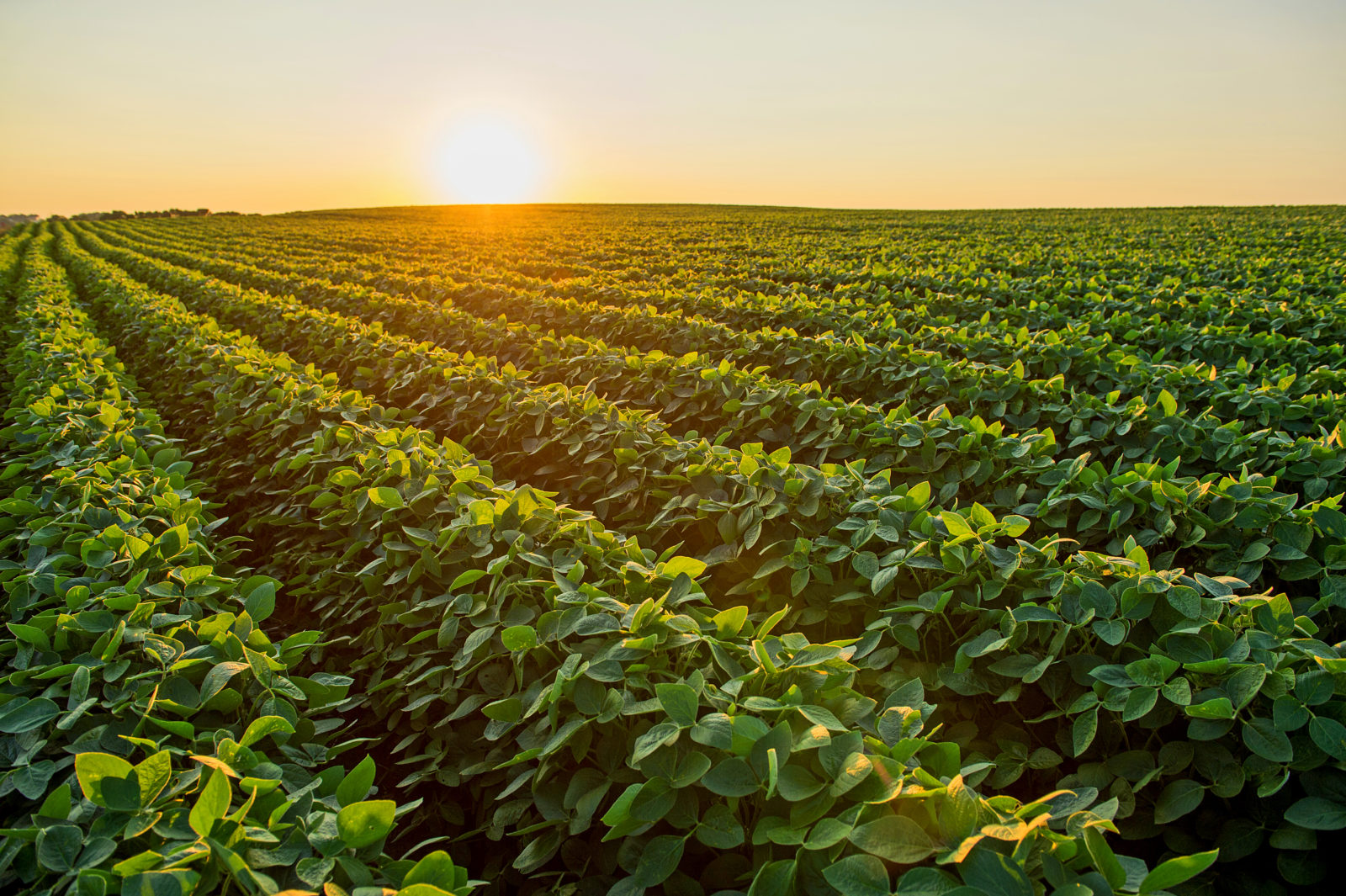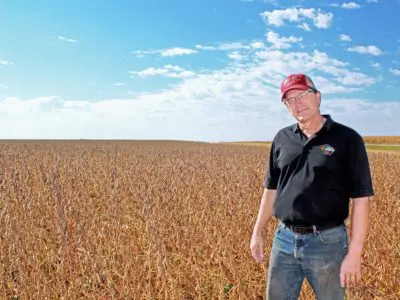Weather, Technology and Economics Drive Need to Adapt
It doesn’t take a historian to see that farming today is different than it was a generation ago, and it’s likely that farming in the next generation won’t look like it does today. Such is the nature of agriculture.
Nature itself can be one of the biggest factors influencing a farmer’s decisions and management practices. A wet spring in 2019 delayed planting for many South Dakota farmers and forced some growers to shift gears on their management decisions. Weather variability happens and, over time, farmers adapt to the conditions they face.
According to the National Oceanic and Atmospheric Administration (NOAA), the average annual temperature in South Dakota has increased by 2 degrees Fahrenheit since the early 20th century. Since 1990, NOAA has observed that South Dakota has averaged 14% more 1-inch rain events compared to the long-term average. Those conditions are among the factors farmers consider when trying to maximize their resources while practicing good stewardship and sustainability.
“Conservation practices play a huge role in our operation,” says Frankfort, South Dakota, farmer Jamie Johnson. “Everything we do has a stewardship practice related to it. We are continually trying to improve our operation, not only for the next generation, but for all future generations on this land.”
Johnson and her husband, Brian, have been farming for 14 years alongside Brian’s parents, Alan and Mickie Johnson, who have farmed together for more than 40 years.
“We are constantly trying to improve our practices and trying to accommodate the current weather cycles,” Johnson adds.
- South Dakota farmers Jamie Johnson, Craig Converse and Kevin Scott have all made changes to their families’ farming operations to contend with changing wether trends, market conditions and social pressures.
- South Dakota farmers Jamie Johnson, Craig Converse and Kevin Scott have all made changes to their families’ farming operations to contend with changing wether trends, market conditions and social pressures.
- South Dakota farmers Jamie Johnson, Craig Converse and Kevin Scott have all made changes to their families’ farming operations to contend with changing wether trends, market conditions and social pressures.
Adapting Practices
Johnson says when she and Brian started farming, they had never heard of cover crops. Nine years ago, they started growing cover crops through a Conservation Stewardship Program contract with the Natural Resources Conservation Service.
“We have used cover crops every year since. At that time, we were planting them to use excess water on fields we couldn’t get planted with traditional row crops,” Johnson recalls. “We struggled with saline soils. Now, we are using cover crops to build our livestock herd while, at the same time, building soil health.”
Johnson says they’ve shifted their mindset from farming every acre to uncovering the best use for every acre.
“We have converted our poorest soils to small grain forage production for feed for our cattle herd, and then we also double crop those acres with cover crops that will be grazed late in the fall. By doing this, not only are we saving money on feed, but the integration of livestock back on the crop ground decreases fertilizer costs and also improves soil health,” Johnson explains.
On their saline soils, the Johnsons enrolled many of their small acre pieces into CRP to help with water infiltration and run off.
“We have seen tremendous improvements in those pieces of soil, too,” Johnson observes.
Johnson knows from soil test results that what the family is doing to integrate cover crops while grazing livestock is reducing their fertilizer needs and increasing organic matter. The practices are also increasing their farm’s livestock holding capacity.
Stewardship Focus
While farmers have to deal with change, most are careful not to contribute to the problem.
“Stewardship and sustainability are always in the back of our mind when making management decisions,” says Brookings, South Dakota, farmer Craig Converse. “I want to leave the farm to my kids in as good if not better condition than when I started farming.”
Converse is in his 10th year of farming and is the third generation to farm the family’s land. He says seed and crop management technologies play important roles in helping farmers maximize their stewardship and sustainability.
“I don’t farm the same way my grandpa or dad farmed. Technology and farming practices are always changing and usually for the better,” Converse contends. “We have far less erosion and are more efficient than ever before with pesticides, fertilizers and herbicides. It’s important to continually change how we farm in order to utilize the best practices for sustainably and good stewardship of the land.”
Precision agriculture tools such as zone soil sampling, prescription fertilizer placement and biological pest controls are helping farmers reduce inputs by putting only what’s needed where it’s needed.
Kevin Scott of Valley Springs has farmed for 37 years, and each one of those years has been different. He’s a fourth-generation farmer whose son is likely to be the fifth. Scott is well aware that some of the practices he employs on his farm might puzzle previous generations.
“Dad farmed differently than I do,” Scott says. “Now, we put products in our fertilizer stream that are basically bugs and biologicals. Dad would have just shaken his head. It’s unbelievable what we do differently now. We manage by the foot.”
Scott has a corn, soybean rotation, but uses 20-inch rows to get quicker crop canopy for reduced weed germination and water evaporation. Practices like reduced tillage and some no-till, along with targeted tiling and the use of biological products are yielding positive results.
“Our organic matter levels have improved,” Scott states. “I remember what they used to be. Organic matter is a good driver of plant health and is something we try to increase.”
Economics Matter
Scott says that, while being good stewards of farmland is on the minds of South Dakota farmers, growers also have to deal with market changes outside of their control. Several consecutive years of low prices and market upheaval because of a trade war and retaliatory tariffs have put farmers in a tenuous position.
“Sustainability is a three-legged stool,” Scott says, referring to environmental, social and economic sustainability. “It’s an agronomic and social issue, but if farmers can’t afford to make land payments, they’re not going to be able to afford to make changes. Those of us who are still out here farming are doing it because we’re sustainable.”
Scott says farmers know if they treat the soil poorly, they won’t last. That’s why he is implementing practices like no-till on some soybean acres.
Contending with changing weather trends, market conditions and social pressures is reality for modern agriculture. As a result, farming in the future will undoubtedly look different than it does today.
“We’re still evolving,” Scott says. “We’re still looking for more and bigger changes to come.”
“We are always striving to learn and do more to increase our sustainability and profitability,” Johnson explains. “They go hand in hand and are intrinsically linked. We know we have a tremendous responsibility to do our best for our soil and the products we produce.”



